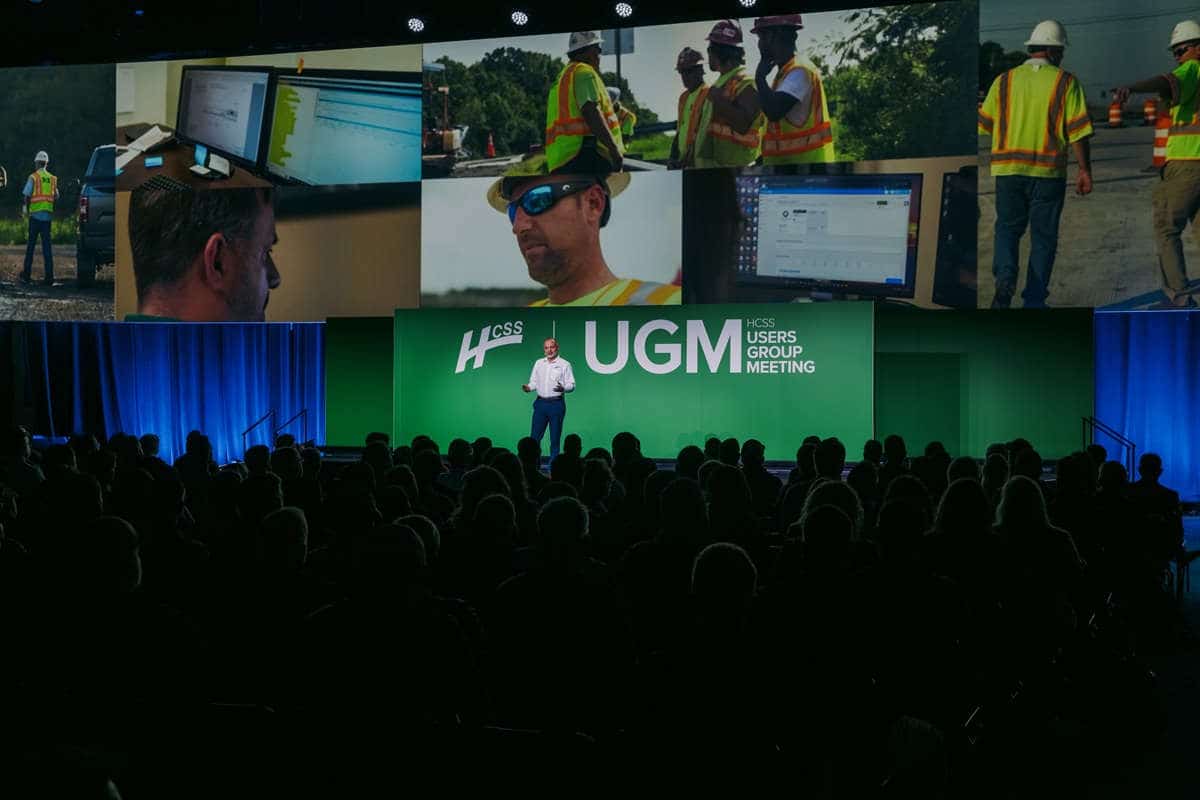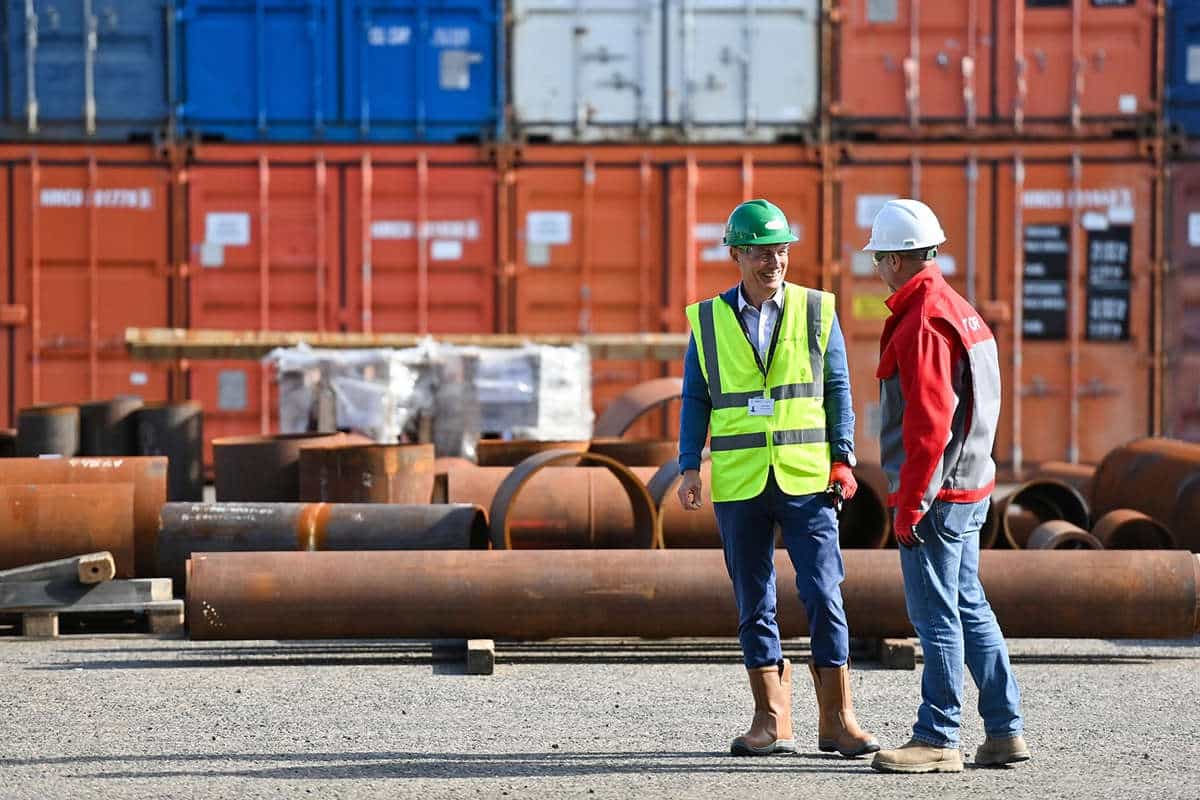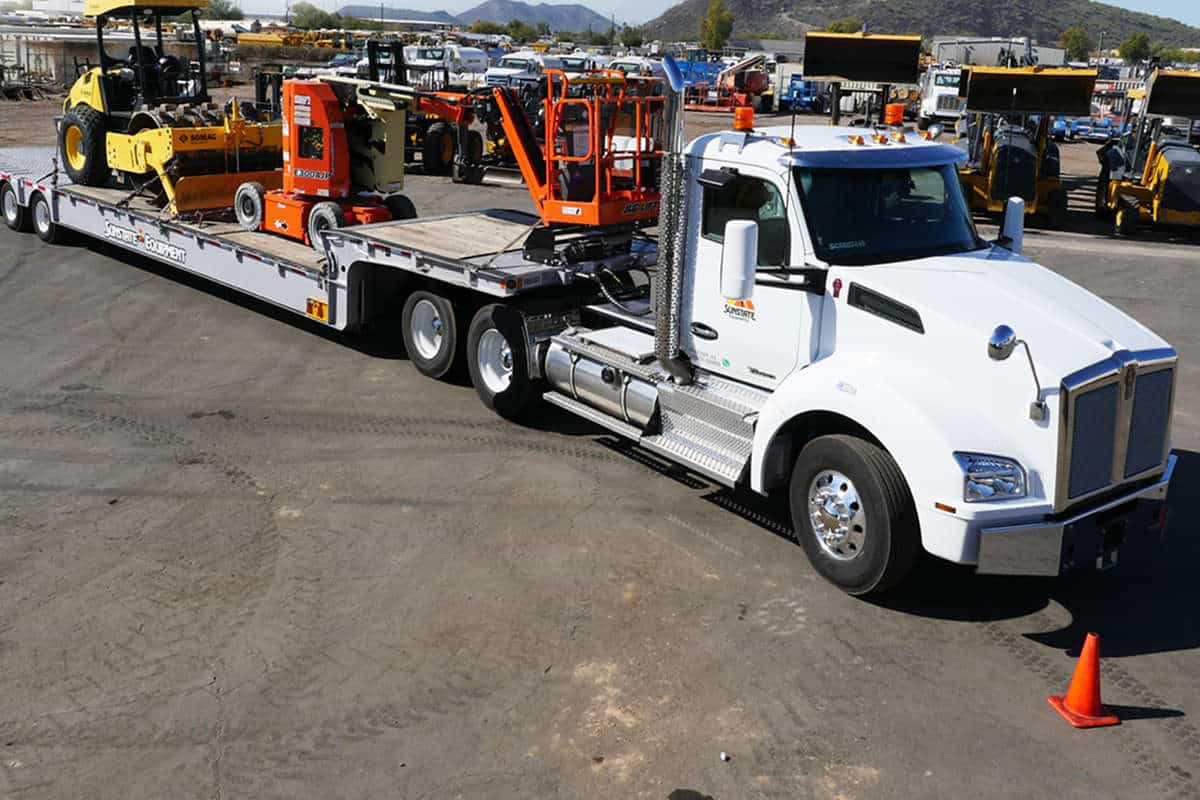Fiber Optic Cable Deployment in Tunnels: Overcoming Challenges in 2025
Engineers working on fiber-optic deployments in tunnels during 2025 and beyond must behave proactively to solve problems and keep their projects on schedule. What are some of the most common challenges and ways to address them?

Achieving Sufficient Visibility of Network Infrastructure
Many fiber-optic projects involve upgrading existing networks to meet modern needs. However, engineers may waste time and other resources by making too many assumptions about the current network’s characteristics.
A better solution is to rely on digital twins to verify the present layout and the effects of planned changes. That approach should significantly reduce surprises that could extend project timelines or risk workers’ safety. Additionally, decision-makers who create digital twin simulations for upcoming tunnel projects involving fiber-optic deployments may find they are in good company because many competitors do the same.
In 2023, the vice president of a company offering software to manage fiber-optic networks estimated that 75% to 80% of service providers can see digital representations of their physical networks. However, he believed that none of that data aligned with the exact field deployments. Fortunately, the increased accessibility of digital twin tools can close that gap, providing highly realistic details about real-life assets or locations.
Those supervising fiber-optic tunnel deployments should strongly consider creating digital twins of the infrastructure first, using those resources to plan details such as how long each phase will take and the number of people needed to complete it. Additionally, the involved parties should ask tech vendors about the processes for updating digital twins as the fiber-optic network grows or otherwise changes.
Justifying and Communicating Tunnel Closures
Installing fiber-optic cables in tunnels can be a months-long effort, much to the dismay of people who regularly pass through the affected infrastructure on their way to work, school or other destinations. This work usually requires complete or partial closures, but engineers can reduce the potential impact of those service outages by being upfront and honest about how long specific upgrades will likely take and communicating to local authorities about unforeseen delays.
It is also easier to get people to accept the inevitable delays if they understand that the upgrades in progress support the greater good. One example concerned Colorado’s Eisenhower-Johnson Memorial Tunnel, part of the state’s Interstate 70 Mountain Corridor.
Executives explained how deploying new fiber-optic technology within the tunnel allows seeing objects as small as nails as far as two miles from its entrance. Such upgrades became critical once those leaders calculated that each hour-long closure of that stretch of interstate could cost nearly $2 million. Most people hate encountering traffic backups and other delays, so they should feel more agreeable to tech upgrades if they can see the long-term benefits.
Engineers should work with transportation authorities to give the public sufficient warning about tunnel closures and suggest alternative routes. Publicizing upcoming work on various channels is important due to the numerous reasons people use the tunnel. For example, residents would likely hear about upgrades through the newspaper, but that is less likely for travelers who are just passing through the area on their way to somewhere else. In those cases, temporary road signs and social media posts can achieve a more extensive reach.
Maximizing Productivity Through Careful Planning
Engineering professionals can also secure transportation officials’ support by explaining what they will do to make the upgrades occur as efficiently as possible. Microducts are excellent examples because installers can push them into existing conduits. Moreover, installation teams can feed the corresponding microcables at more than 200 feet per minute with cable-jetting processes.
Decision-makers seeking contractors to handle upcoming tunnel projects should prioritize companies with extensive experience putting fiber-optic cables in tunnels. Requesting data about the completion times for projects of similar size and scope will help leaders identify skilled service providers that fit their budgets.
Another potential strategy is to find tech companies that are pushing the boundaries and reshaping tunnel upgrade productivity. In one case, representatives announced their tunnel-boring robot had passed several field tests that involved some of the world’s most challenging geological conditions.
One of the company’s offerings is a dual-torch plasma excavation system. Trials showed this robotic innovation excavated 40 cubic meters in 30 hours with one torch. Although that test required breaking through greywacke, the robot also tunneled through granite, quartzite and basalt in tests elsewhere.
Those supervising work in the tunnel should consider the biggest productivity challenges related to labor shortages, seasonal storms or other difficulties. They can then evaluate those factors when thinking of the most creative, effective ways to circumvent likely obstacles. Being aware of possible issues before they become real problems is one of the best ways to prevent lengthy delays because people have already considered how to address issues that arise.
Maintaining Worker Safety
Tunnels are inherently challenging spaces, and the complexities can increase depending on the extent of fiber-optic upgrades. However, such infrastructure is essential for expanding underground networks. More than 2 million residences in the United States got fiber-optic connections for the first time in 2023, emphasizing the growing demand for these offerings.
However, keeping crews safe as they work in tunnels requires conducting thorough risk assessments and enacting the appropriate mitigation strategies. For example, keeping the area well-ventilated is essential for avoiding gas explosions and fires as projects progress. Workers should also learn to recognize some of the most common site hazards and understand the proper reporting mechanisms if they notice anything unusual during their shifts.
Although fiber-optic cable installations in tunnels pose particular safety challenges, researchers also believe existing networks can improve overall infrastructure monitoring, helping people notice dangers before they become catastrophic. One European Union-funded project centers on converting existing fiber-optic cables into sensors that detect natural disasters or assess the infrastructure’s condition.
The proposed solution also uses artificial intelligence algorithms, and researchers hope to reduce the associated complexity while enabling real-time sensing. This project includes participants from 14 partners in seven countries, highlighting the associated international expertise.
Remaining aware of innovations such as this one will help project managers select the most appropriate safety technologies for their projects.
Tackling Challenges While Sharing Knowledge
These are some of the most likely obstacles to temporarily disrupt future projects. However, rather than feeling overwhelmed or uncertain about them, engineering professionals should consider the strategies mentioned here while simultaneously asking peers how they have dealt with similar issues. Hearing what others have tried will direct people’s next steps.
Emily Newton is a construction and industrial journalist. She is also the Editor-in-Chief for Revolutionized Magazine. Keep up with Emily by subscribing to Revolutionized’s Newsletter.




